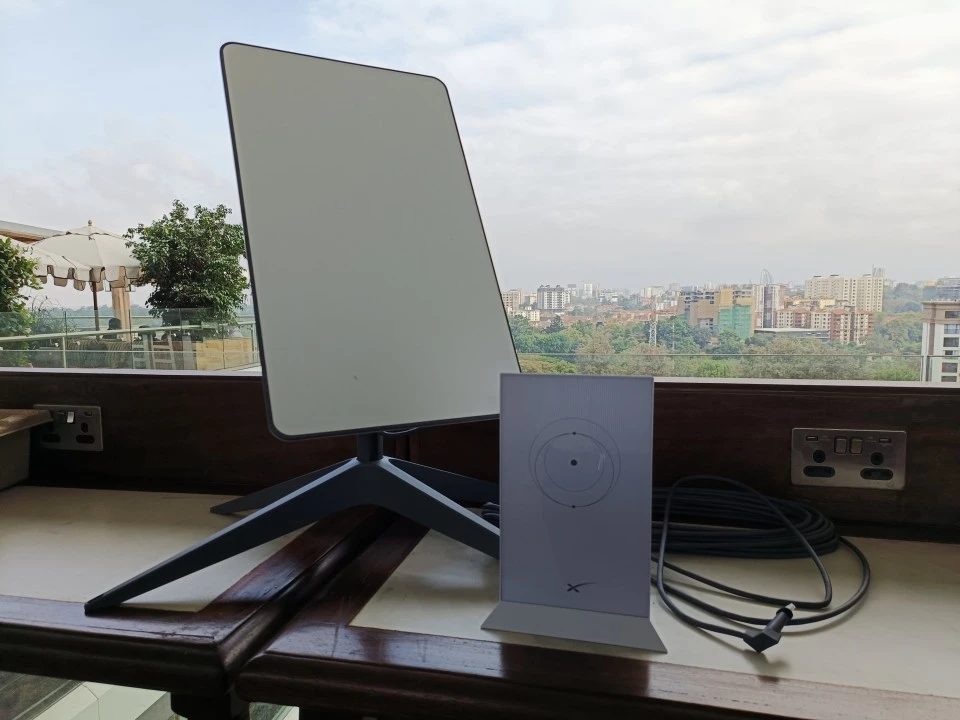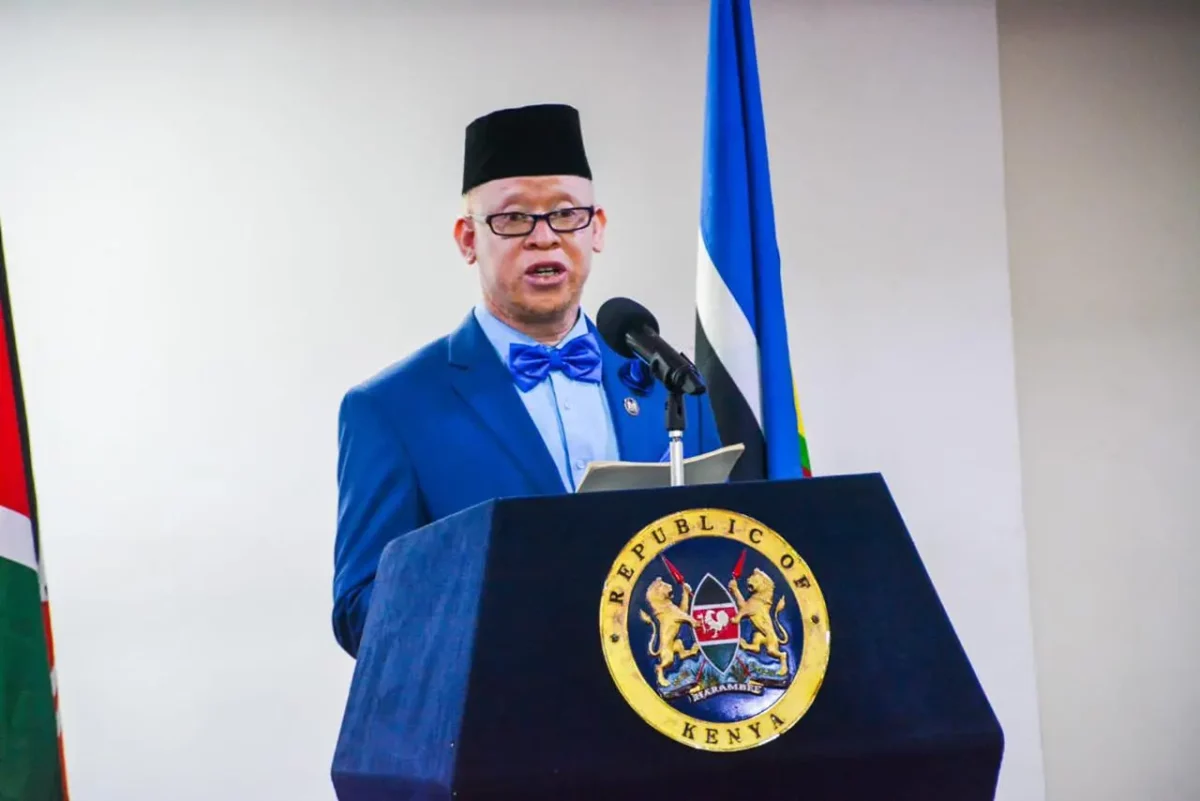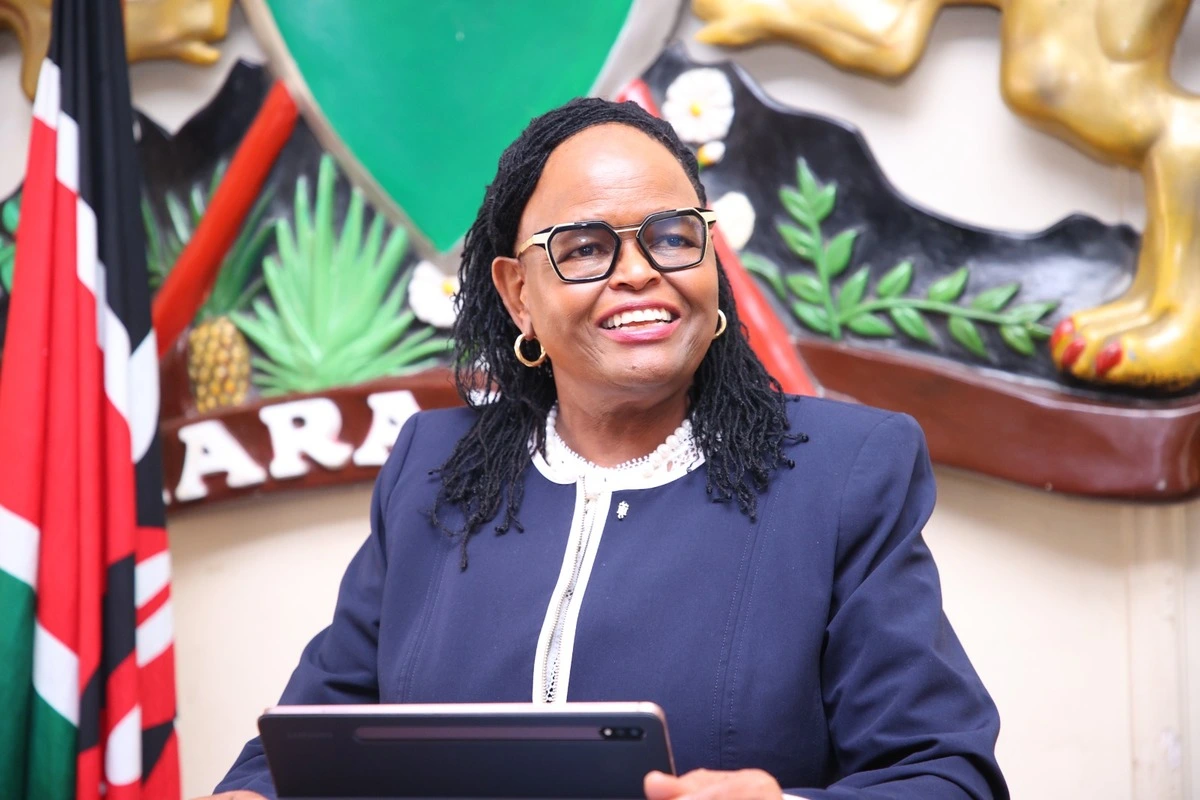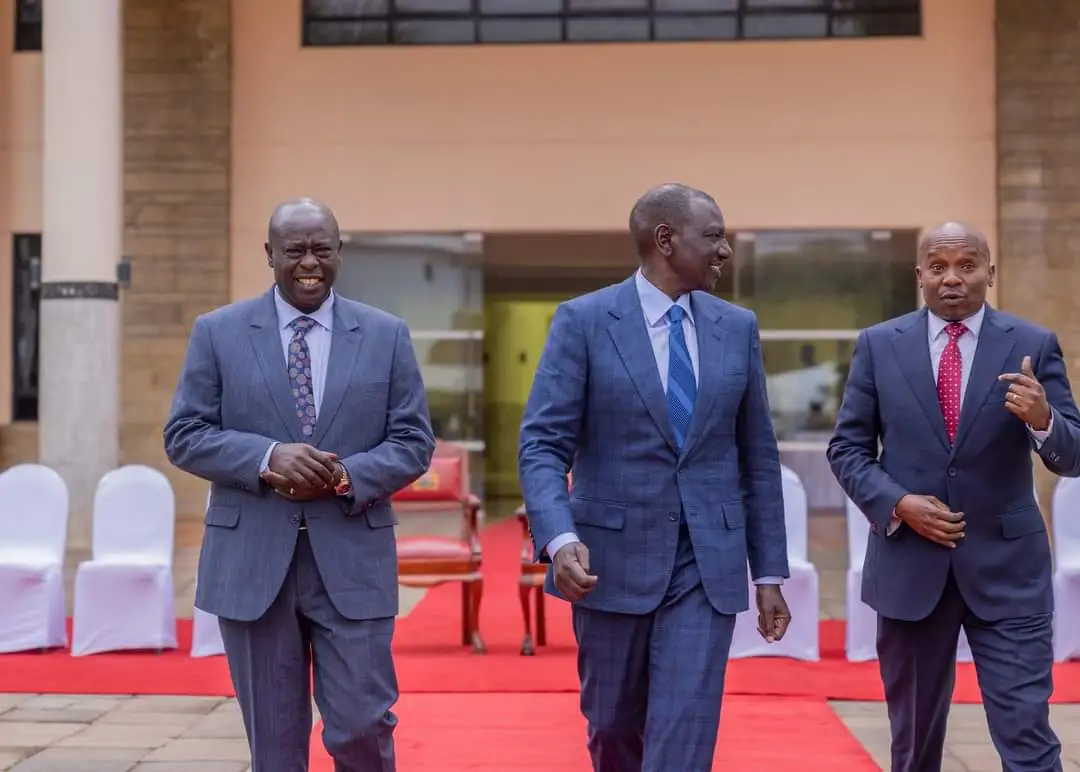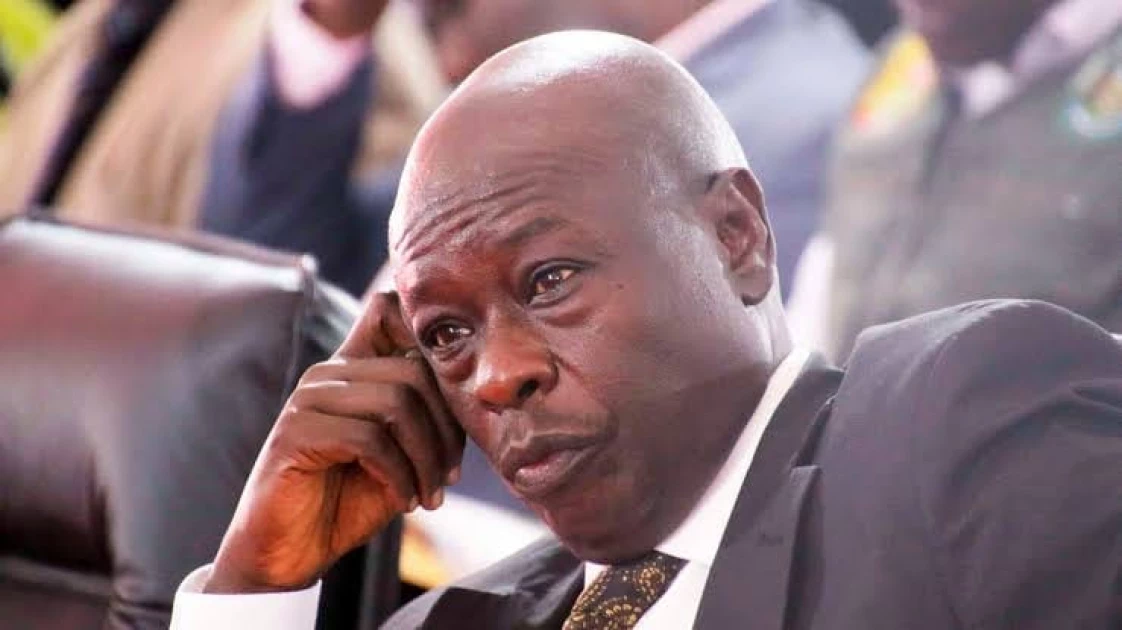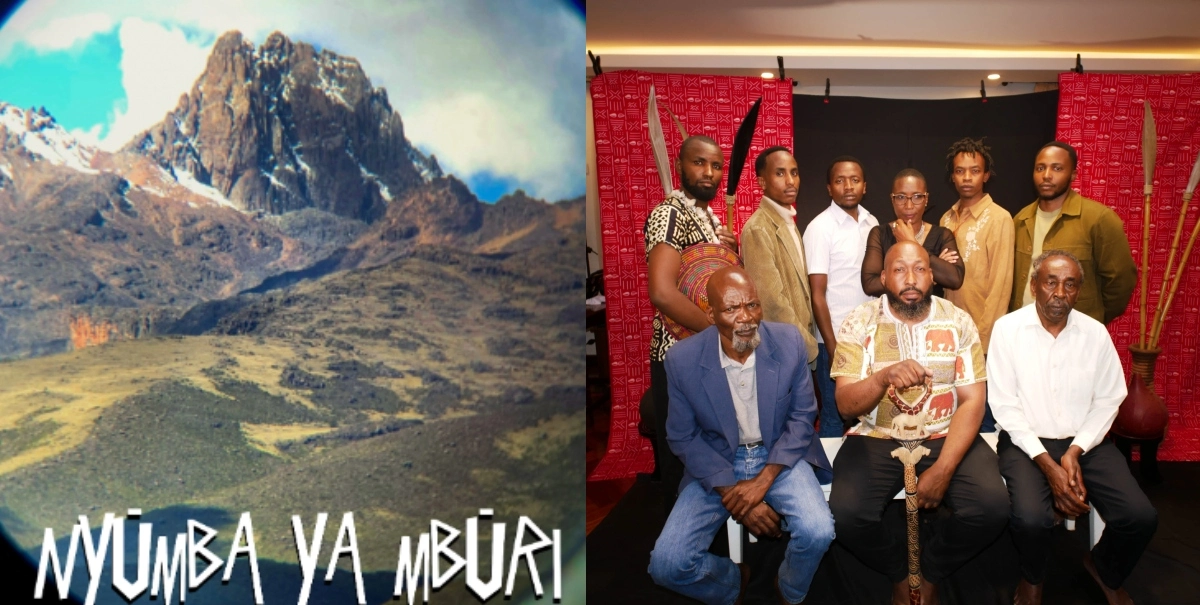In the heart of Nairobi’s bustling Central Business District stands one of Kenya’s most iconic yet overlooked buildings, the Kenya National Archives and Documentation Service.
While often regarded merely as a landmark or a meeting point, this majestic structure holds a wealth of national history, boasting over 40,000 volumes that trace the country’s journey through the ages.
The historic edifice, designed by James Kerr Walson and originally built in 1931 as the First National Bank of India, underwent transformations over the years before being acquired by the Kenya Commercial Bank (KCB).
Today, it serves as a treasure trove of Kenya’s past, thanks to the efforts of the Kenya National Archives and Documentation Service.
![1980s, actual date unknown: KBS buses parked outside the Kenya National Archives in downtown Nairobi.[Image/Courtesy]](https://news.switchtv.ke/wp-content/uploads/2023/07/df99351ed7e6e0877e9c2c34ccf6dc43.webp)
Inside the building, visitors are welcomed by a vivid display of black and white portraits capturing paramount chiefs, political leaders, and historic events that have shaped the nation’s destiny.
Stepping into the ground and first floors, one can explore an impressive collection of cultural artifacts, such as clothing from diverse ethnic groups, drawings of pre-colonial tribes, and representations of cultural activities like the “Kipsigis beer party,” “Kikuyu hairdressing,” and “Kamba medicine men performing rituals.”
These artifacts, meticulously collected by Joseph Murumbi, Kenya’s second vice-president and a passionate collector, breathe life into the Archives, adding a touch of vibrancy to its surroundings.
The Director of the Kenya National Archives and Documentation Service, Francis Mwangi, acknowledges that the Archives may seem inaccessible to some Kenyans due to inadequate information about what lies within its walls.
Mwangi encourages people to venture inside and discover the fascinating array of historical artifacts and volumes. To promote public access, the entrance fee is a mere Sh50, encouraging more visitors to immerse themselves in Kenya’s rich history.
![National and Grindlays Building, Nairobi Kenya 1960s. Now housing the Kenya National Archives. [Image/Courtesy]](https://news.switchtv.ke/wp-content/uploads/2023/07/02ffa73074abc962cbce9729ef926aed.webp)
Among the remarkable treasures on display is Kenya’s first presidential seat—a modest red chair adorned with the national coat of arms, once used by the country’s founding father, Mzee Jomo Kenyatta.
African stools, calabashes, weaponry like spears and shields, and jewelry also grace the walls, further highlighting the nation’s pre-colonial heritage.
Read also: Tear Gas: The Bittersweet Tool for Crowd Control in Kenyan Protests
Beyond serving as a tourist attraction, the Archives attracts scholars, postgraduate students, and researchers who frequent the Search Room to delve into historical volumes and expand their knowledge.
By law, government-funded departments and parastatals deposit copies of their documents here, ensuring the library remains well-stocked and up-to-date.
![Kenya National Archives Building.[Image/Courtesy]](https://news.switchtv.ke/wp-content/uploads/2023/07/11.webp)
To encourage public participation in preserving Kenya’s heritage, the Archives has called upon citizens to submit their historical artifacts. Many Kenyans have enthusiastically responded, recognizing the significance of safeguarding their own contributions to the nation’s narrative. Some have even received monetary compensation, reflecting the value placed on their donated items.
In an exclusive interview, Director Francis Mwangi shared, “It is everyone’s little bit of history that tells Kenya’s story. We want to celebrate and preserve every fragment of our past, and we invite every Kenyan to be a part of this remarkable journey.”
Read also: The Diverse Characters Present in any Maandamano
As the sun sets over Nairobi’s vibrant city square, the Kenya National Archives and Documentation Service continues to stand as a symbol of national pride and a testament to the rich tapestry of Kenya’s history, waiting for more curious souls to step inside and marvel at the legacy it holds.
Subscribe to Switch TV


![The historic edifice, designed by James Kerr Walson and originally built in 1931 as the First National Bank of India, underwent transformations over the years before being acquired by the Kenya Commercial Bank (KCB). Today, it serves as a treasure trove of Kenya's past, thanks to the efforts of the Kenya National Archives and Documentation Service.[PHOTO/COURTESY]](https://news.switchtv.ke/wp-content/uploads/2023/07/1084px-Lascar_Kenya_National_Archives_building__4540823420_-e1690280008313.webp)













